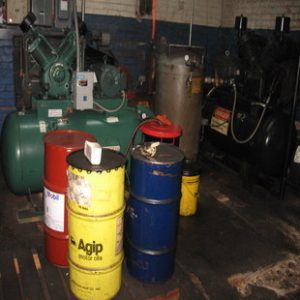
The new SDS format will be replacing older formats found in Material Safety Data Sheets (MSDSs). In order to maintain HazCom compliance, companies that store or use chemicals should keep all MSDSs–even if they are in the “old” format–and know where to find them. MSDSs will need to be kept separately for 30 years as workplace exposure records, even though they are being superseded by the new standard. (This includes New York City businesses who are subject to “Right to Know” filings.) Keeping them on hand is sure to end up saving time, money and aggravation, in addition to simply being a good practice. Current SDSs should also be kept in a location accessible to employees.
The new forms will show all necessary chemical information with categories written in a standardized order. Employees will be able to see, at a glance, such data as first-aid measures, disposal instructions and toxicological information. There will be a total of 16 sections, and although much information remains the same, the forms will now be consistent from manufacturer to manufacturer, no matter the country of origin. The forms will need to be organized into a binder for easy access in case of an emergency or inspection.
Since chemical container labeling is also affected by the new standards, all incoming shipments must be checked for proper labeling and the presence of correct SDSs. OSHA requires Hazard Communication (HAZCOM) training on all of these changes as of December, 2013, with full compliance for all standards as of June, 2016.
Call Walden if you have any questions, or to schedule training at your facility. We are the OSHA and compliance experts!
